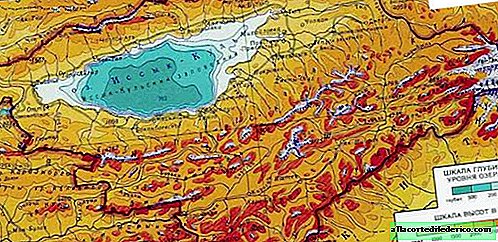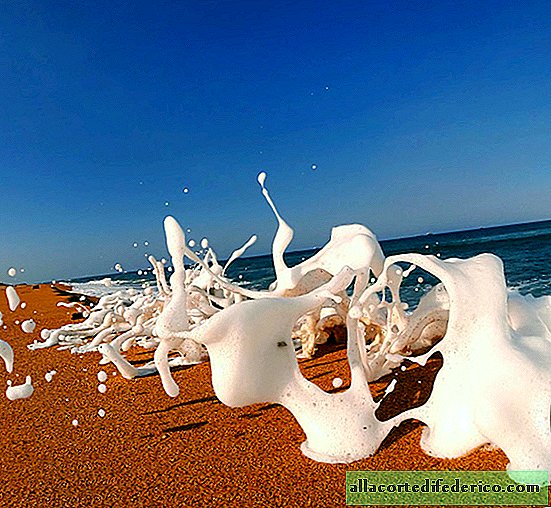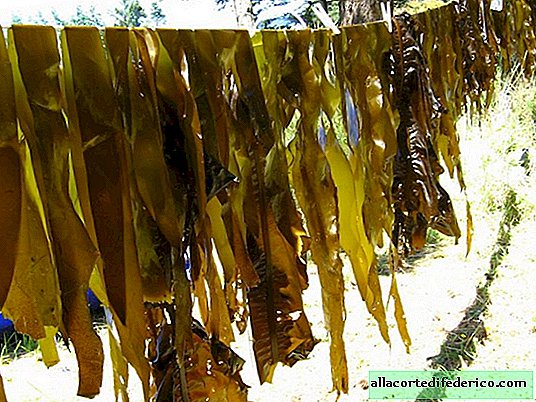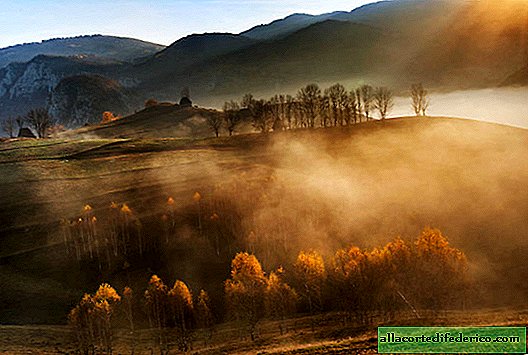What the waters of Issyk-Kul Lake hide
Thousands of tourists, annually resting on the shores of Lake Issyk-Kul, do not even suspect how much interesting is hidden in its depths. We will not retell the legends of the countless treasures that the cavalry of Tamerlane and the brave warriors of Alexander the Great left at the bottom of the lake, let the connoisseurs of the folk epic do it. We will tell about what was actually discovered during scientific expeditions on the bottom of Issyk-Kul Lake. Here you can meet rare representatives of the lake fauna and even touch the ruins of ancient cities, because several centuries ago the lake level was much lower, and people lived on its shores.

Interesting underwater inhabitants
The lake is so clean that up to a depth of 120 meters, microorganisms are present here, you can meet fish that have enough food. True, far from many species are capable of dwelling at such a depth, but the rainbow trout and Issyk-Kul gubach feel quite comfortable here. Most of the local ichthyofauna are unique endemic species that are not found anywhere else.
 Sevan trout took root perfectly in Issyk-Kul
Sevan trout took root perfectly in Issyk-KulIn addition to them, migrants live here: as far back as the last century, 7 species of fish were brought here for fishing purposes, including bream, pikeperch, as well as whitefish and valuable trout from the highland Armenian lake Sevan. It is noteworthy that the Issyk-Kul trout for decades living in a new place has changed significantly. Ichthyologists note that her body color and proportions changed, in addition, she significantly gained weight, reaching 15-20 kilograms, several times exceeding her Sevan relative.
The ruins of the ancient city of Chigu

In the Tyup Bay, at a depth of 3-5 meters are the ruins of the ancient city of Chigu (Chiguchen) - the capital of the Usun state, which was known from Chinese chronicles. Research involving underwater archaeologists was carried out in the 50s and 80s of the last century, and then scientists from the bottom of the bay raised a lot of artifacts. Among them are ceramic and metal products, as well as objects made from animal bones. Scientists date this city to the 1st millennium BC.
Scythian burials and ruins of a city with a thousand-year history

Even deeper, about 5-10 meters below the surface of the lake in 2006, the ruins of an ancient city, consisting of stone walls and structures, were discovered. The discovery was made in 2006 in the northern part of the reservoir, during a joint Kyrgyz-Russian expedition with the participation of scuba divers and using modern equipment. The same expedition discovered at a depth of about 20 meters mysterious circles consisting of aquatic vegetation, the origin of which has not yet been elucidated. In addition, several Scythian burials were found, with preserved metal household items and weapons.
Artifacts from the time of the Andronovo culture

In addition to the ruins of the capital of Usuns, pottery and bone remains belonging to the Andronovo culture were also found at the bottom of the lake. This culture is widely represented in the open spaces of Central Asia and the south of Western Siberia, and its heyday falls on the 1st millennium BC. Artifacts were discovered at a considerable depth, about 18-20 meters, which indicates that the lake level has been subject to significant fluctuations in the last several thousand years.

Such an amazing variety of artifacts found at the bottom of Lake Issyk-Kul, as well as in its environs, suggests that for thousands of years the lake has been a center of concentration of various cultures and peoples. The pearl of the Tien Shan, a full-flowing miracle in the middle of arid mountain steppes, has always attracted the peoples who lived in the vastness of Asia. But the underwater world of the lake is interesting not only for rare inhabitants and ancient burials. It turns out that since the 40s of the last century there has been a unique base for testing underwater weapons on the lake (now the base of the Russian Navy). The unit was evacuated here during the Second World War from Dagestan and, thanks to its vast body of water and a non-freezing surface, was able to year-round tests, and Lake Issyk-Kul replaced the Caspian Sea with military engineers.

















